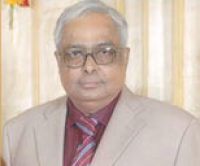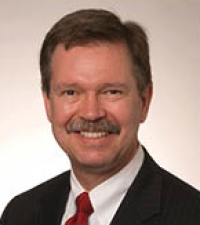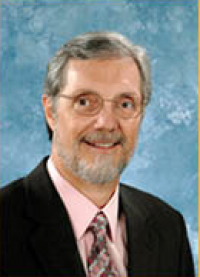
India has an ambitious nuclear energy programme including the development of a closed fuel cycle Fast Breeder Reactor systems. The Fast Breeder Test Reactor (FBTR) at The Indira Gandhi Centre for Atomic Research, Kalpakkam, India has operated successfully for the last 25 years with a unique mixed carbide fuel (U0.3Pu0.7)C as its driver fuel. The fuel has been taken to very high burnup levels of 155 GWd/t. The 20 % cold worked SS316 material used as structural material has seen a cumulative neutron damage in excess of 80dpa. The 500 MWe Prototype Fast Breeder Reactor (PFBR) which is in advanced stage of construction at Kalpakkam, India, will use mixed oxide (MOX) fuel and D9 as structural material with a target burnup of 100 GWd/t. Systematic performance evaluation of the fuel and structural materials through Post Irradiation Examination (PIE) at different burnups has enabled understanding the behavior of plutonium rich carbide fuel well beyond the initial burnup limit of 50 GWd/t. A brief description of the PIE facilities established will be presented. Post irradiation examinations have also been carried out on Prototype Fast Breeder Rector (PFBR) MOX fuel irradiated in FBTR after attaining a burnup of 112 GWd/t . This presentation will discuss the results of various examinations carried out for understanding the performance fast reactor fuels and structural materials irradiated in FBTR. Results of post irradiation mechanical property evaluation and structure property correlations done including the miniature specimen test techniques will be also discussed. The materials development programme for future FBRs envisaged in India like improved D9, ODS and ferritic-martensitic steels will be highlighted briefly along with the description of the irradiation test facilities in FBTR.
K.V. Kasiviswanathan currently is a Raja Ramanna Fellow of the DAE attached to the IGCAR, Kalpakkam. He has more than 40 years of experience in the Department of Atomic Energy and has held various R&D, project management and implementation positions from 1970 onwards. He is an Out Standing Scientist with the department and was the Associate Director, Metallurgy and Materials Group at the Indira Gandhi Centre for Atomic Research, Kalpakkam.






